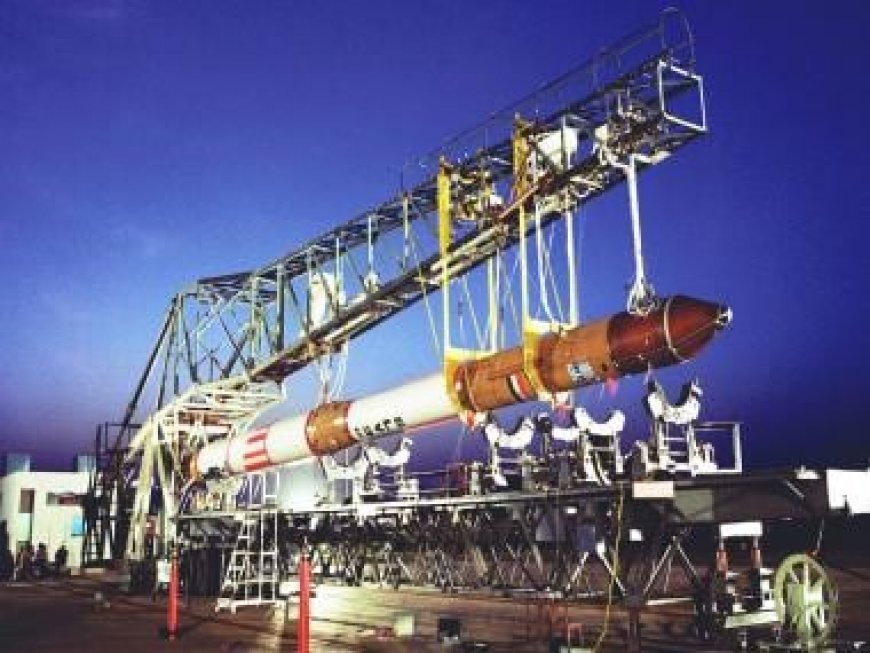Independence Day 2023: Rohini, the forgotten mother of India’s space odessey
Independence Day 2023: Rohini, the forgotten mother of India’s space odessey

The launch of the Aryabhata satellite was a vital mission for India. After all, it was the first satellite that was developed by Indian scientists in India and successfully deployed in 1975.
However, as vital as the Aryabhata was for ISRO and India, it overshadowed one of the rather more important launches of India’s space odyssey, one that would place India in a list of the most powerful and influential nations when we consider space tech.
This was the Rohini RS-1 mission, or simply the Rohini satellite. Long-forgotten, yet perhaps the most significant chapter of India’s space mastery.
Making a satellite vs Launching a satellite
Comparatively speaking, making a satellite is relatively easy. A much greater effort, however, is needed for launching the satellite, and then placing it in the right orbit.
Although Aryabhata was made in India and by Indian scientists, it was launched from Kapustin Yar, a Russian site in Astrakhan Oblast. Kosmos-3M served as the launch vehicle.
In exchange for this launch, the Indian government had agreed to allow then USSR, to use Indian ports for tracking ships and launching vessels.
Similarly, the second satellite that we made, Bhaskara-1, was launched on yet another Russian rocket from Kapustin Yar, aboard the Intercosmos launch vehicle.
This was the time when ISRO, across 1960s and 1970s, was severely underfunded.
When other countries, especially the developed ones, learnt about India’s efforts to make a satellite, they got genuinely baffled: why a nation that was struggling to feed its people and so technologically backwards was trying to make a satellite.
However, what was even more bewildering for them was India’s decision to create its own launch facilities and launch vehicles.
Making History
On July 18, 1980, India did something that would alter the technological landscape of the world forever. India successfully launched the Rohini satellite (RS-1), and placed it into orbit, using its own SLV-3 rocket.
The SLV-3 rocket—17 tons of four stages—worked flawlessly throughout the launch sequence. This achievement symbolised the culmination of ISRO’s decade-old extensive endeavour to come up with an independent launch vehicle. The development and production of this launch vehicle took place at the Vikram Sarabhai Space Centre in Trivandrum.
Every major component of this vehicle, including the propellant, was entirely developed in India, which reflected the comprehensive research and development that ISRO had put in, along with over 40 Indian companies.
Rohini shaped India’s future
Several countries have since made their own satellites, 80 to be precise. Several others have made orbital satellites with the help of other nations. But, just 11 countries are capable of launching satellites into space.
Since then, as a nation, India has launched over 430 satellites for other countries. Out of this, over 200 were for the United States of America. During this, we have helped over 35 countries launch their satellites and get them into orbit.
On that fateful day in July 1980, the Rohini mission, and the launch of the SLV-3 kick-started a special future. It marked the beginning of India’s journey as the most cost-effective and viable option to launch satellites into space. In effect, that single launch opened up avenues for India to become a major player, when space tourism finally becomes a thing.
What's Your Reaction?



























































